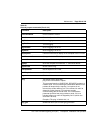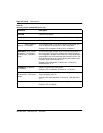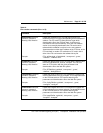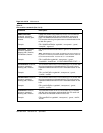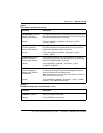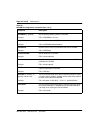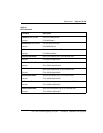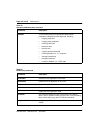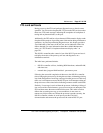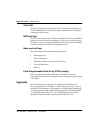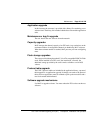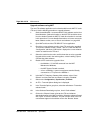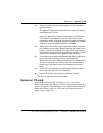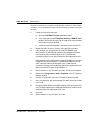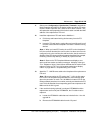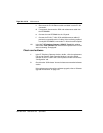
Maintenance Page 317 of 378
ITG Trunk 2.0 ISDN Signaling Link (ISL) Description, Installation and Operation
ITG card self-tests
During power-up, the ITG card performs diagnostic tests to check correct
operation. You can use the faceplate RS-232 port on the ITG card to monitor
these tests. ITG sends messages indicating the completion of each phase of
testing and any detected faults, to this port.
Additionally, the ITG card has a four-character LED dot matrix display on the
faceplate for the purpose of providing status information during maintenance
operations. At power-up and during diagnostic tests, this display provides a
visual indication of the status of the self-test, and an indication of the first
failure detected. For more information about the available Maintenance
codes, see “ITG Trunk 2.0 faceplate maintenance display codes” on
page 329.
The 8051XA controller takes control of one of the RS-232 ports and uses it
to display the results of the power-up self-test and diagnostics on a
maintenance terminal.
The initial tests performed include:
• 8051XA controller self-test, including ROM checksum, onboard RAM,
and timer tests
• external data / program RAM and dual - port memory tests
Following the successful completion of these tests, the 8051XA controller
tries to bring up the processor by clearing the reset state, and entering a timing
loop in the anticipation of receiving a message from the processor. If this loop
times out, it will output an error to the RS-232 port. It will attempt to bring up
the processor two more times before indicating an unrecoverable card failure.
Similarly, if a message is received from the processor, indicating a failure of
one or more of the circuit elements, up to two more resets are attempted. The
ITG card then enters the unrecoverable failure state. This makes sure that
failures due to erratic power-up, or reset conditions, do not cause an
unnecessary failure of the card. When the processor responds correctly, the
8051XA controller switches its serial port to provide Card LAN
communication and connects the processor to the external RS-232 port.



